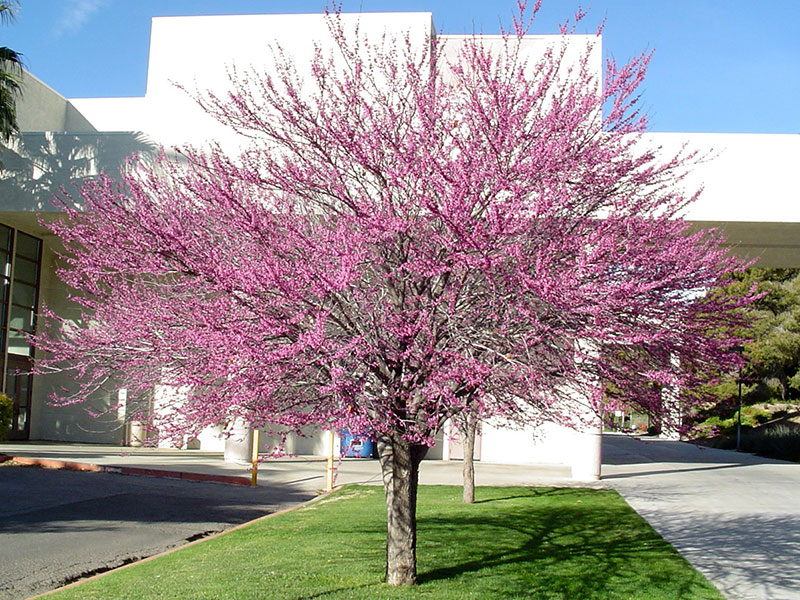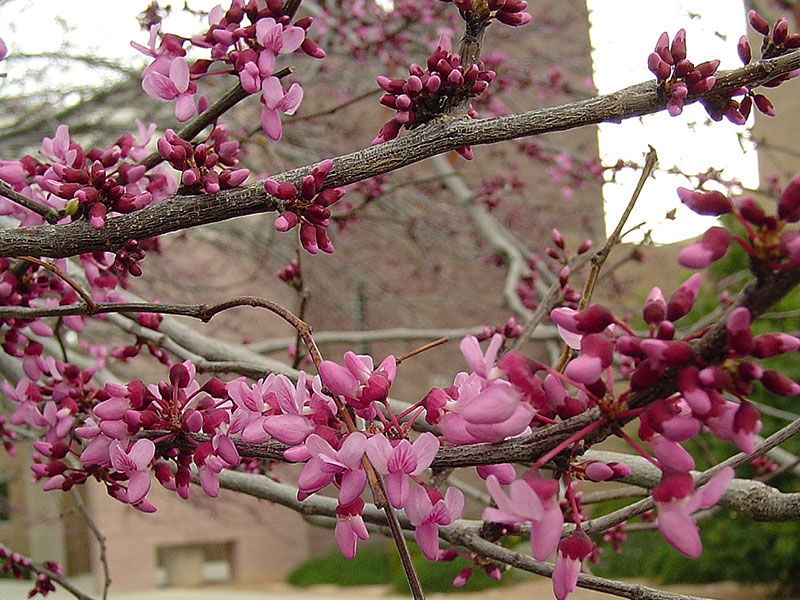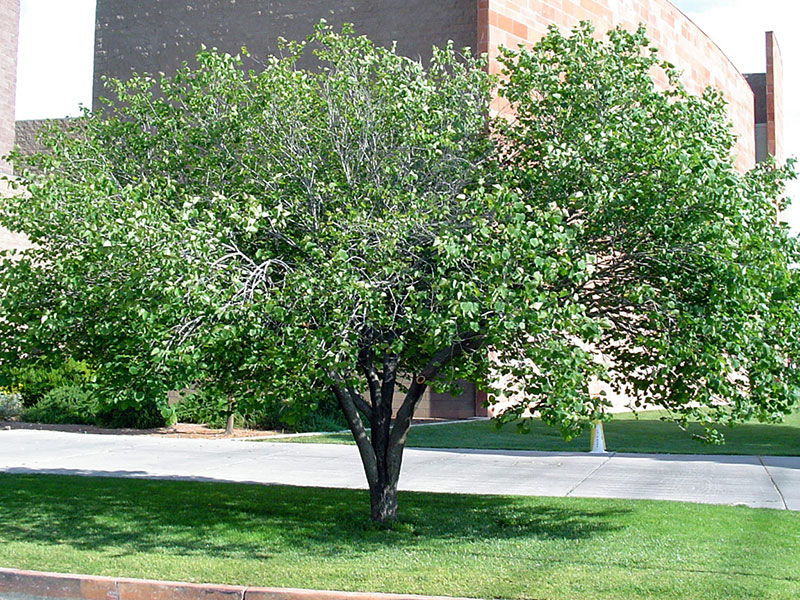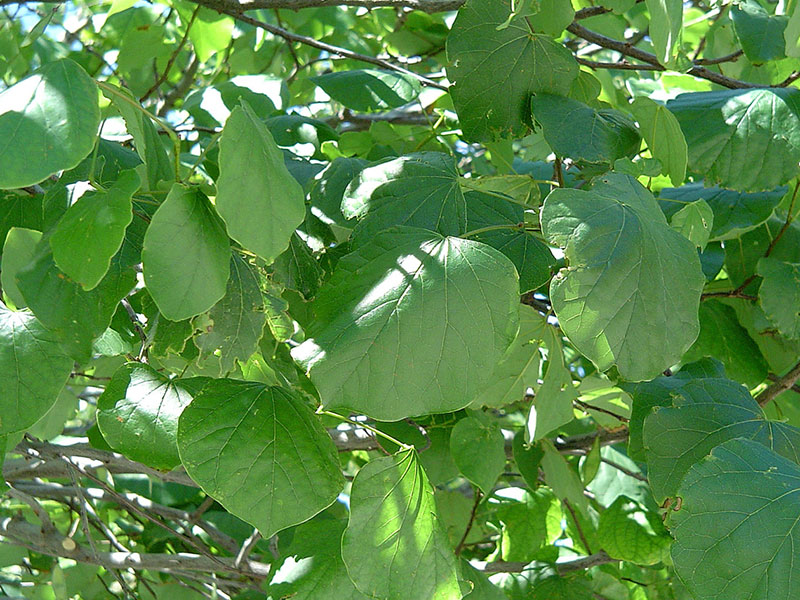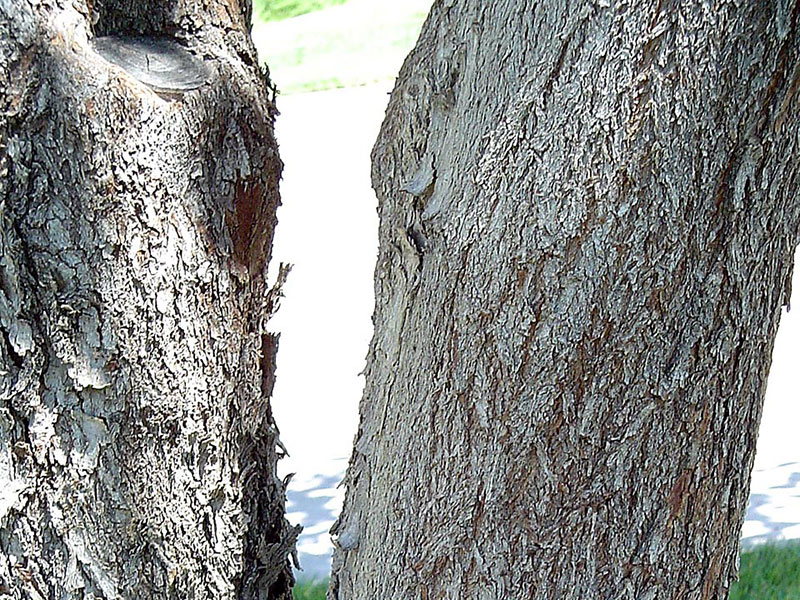Find plants
My list (0)
Texas/Oklahoma Redbud
Cercis canadensis var. texensis
Qualifies for Tree Enhancement Program
Climate ResiliencyNative to slopes and canyons in southwestern U.S., predominantly the southern California foothills. A good understory tree, preferring filtered light or afternoon shade. Does like more sun then its eastern counterpart (C. canadensis). A good choice for small yards or as a specimen tree. Generally multi-trunked with a rounded to wide habit. Masses of tiny magenta flowers cover the tree in spring, before leaf break. Needs several hours of freezing in order to bloom. Soft, heart-shaped green to blue-green leaves. Ornamental, yellow to red autumn foliage. Small, decorative red-brown seedpods often persist through winter. Prune lightly for shape during the dormant period. Blooming occurs only on wood that is at least two years old. Don't remove lower branches too quickly as they shade the trunk and help it become sturdier. Head back lower branches you wish to remove over several years and remove when higher branches are able to take over shading the trunk.
- Plant type: Shrub, Tree, Native
- Maintenance level: Low
- Water requirement: Medium, Low
- Sun exposure: Full, Part Sun
- Height range: 15–20 Feet
- Width range: 15–20 Feet
- Canopy value: 236 ft²
- Growth rate: Medium, Slow
- Seasonal habit: Deciduous
- Flower color: Purple, Pink
- Flower season: Spring, Winter
- Fruit color: Black, Red, Brown
- Fruit season: Summer, Autumn
- General foliage color: Green, Blue
- Fall foliage color: Yellow, Red
- Design style: Patio Plants, Pollinator Plants
- Hardiness cold tolerance: -20 °F
- Soil preference: Well Drained
- Native location: Arizona, California and Utah
- PH preference: Not Particular
- Sunset zones: 2, 3, 4, 5, 6, 7, 8, 9, 10, 11, 12, 13, 14, 15, 16, 17, 18, 19, 20, 21, 22, 23, 24
- USDA hardiness zone: 5a, 5b, 6a, 6b, 7a, 7b, 8a, 8b, 9a, 9b
New Search
